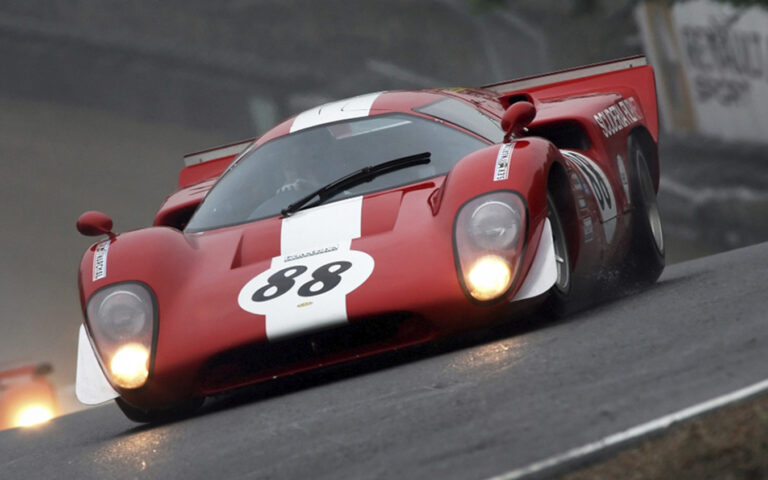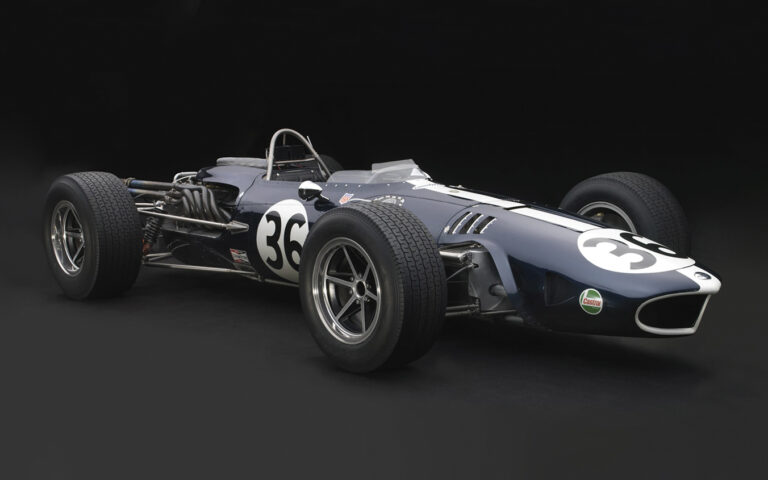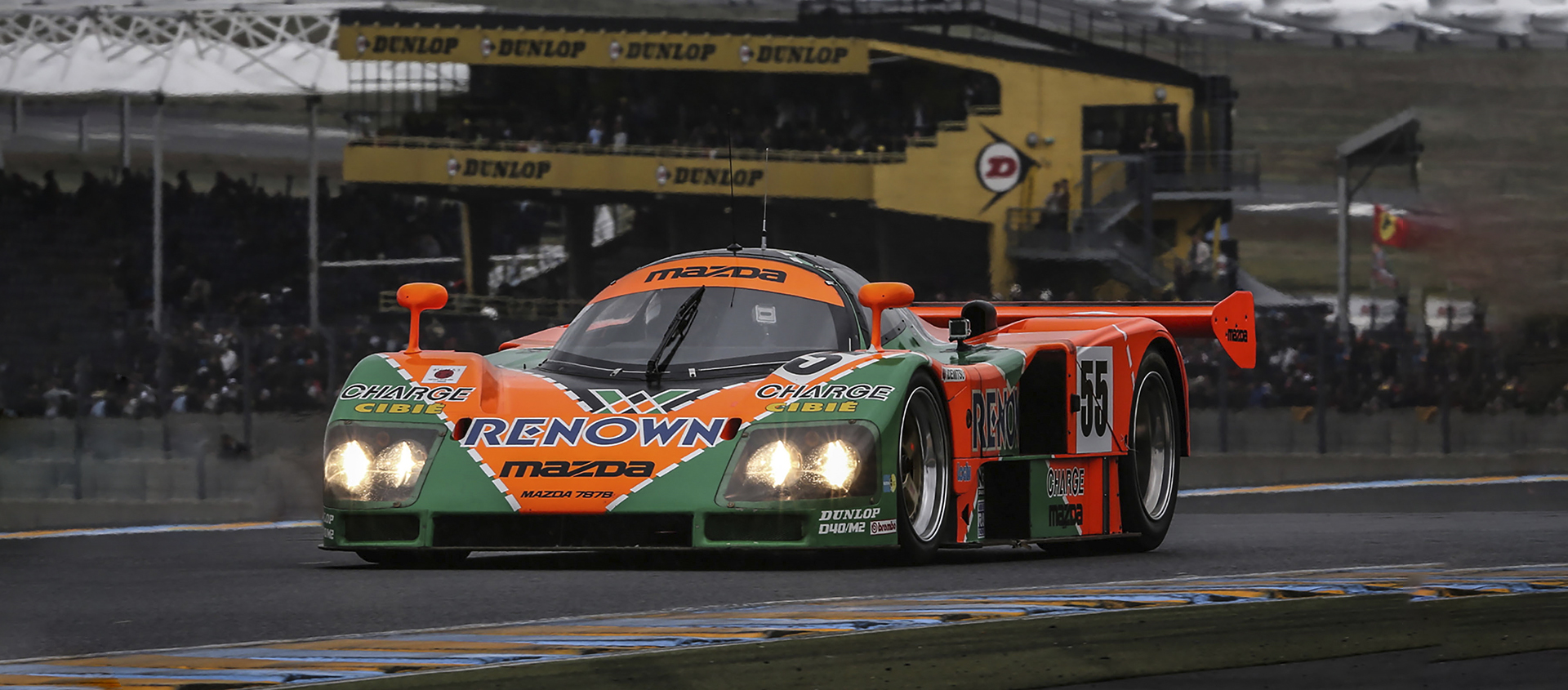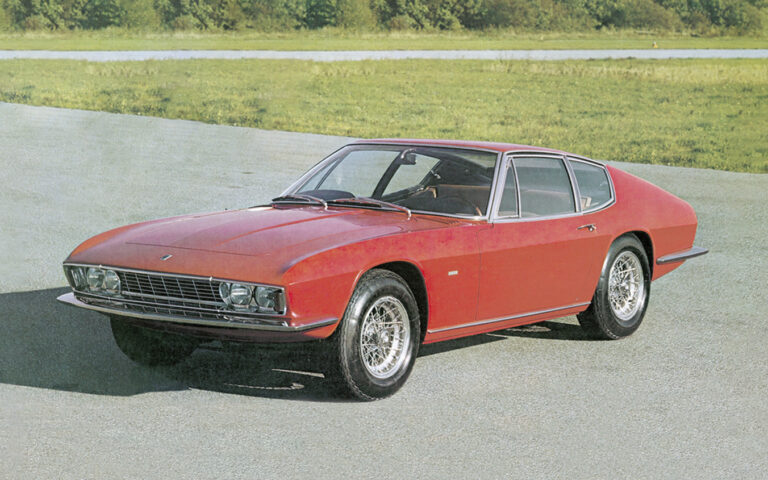Forgotten Legends Lola T70
16 December 2022 2 min read 7 images

Eric Broadley, the brilliant English manufacturer who began his career in 1958, saw his unmistakeable talent overshadowed by two competitors who immediately became famous: John Cooper and Colin Chapman.
Register to unlock this article
Signing up is free and gives you access to hundreds of articles and additional benefits. See what’s included in your free membership. See what's included in your free membership.
Already have an account? Log In


